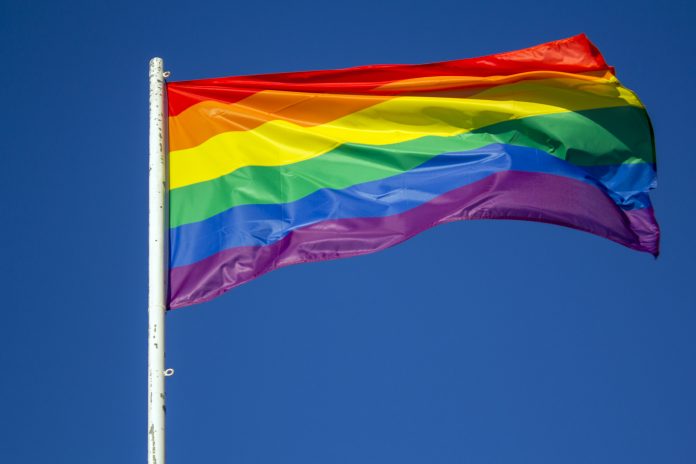June is LGBT Pride Month. It’s a month where we celebrate the LGBT+ community, reflect on the progress made so far in improving equality and – most importantly – look at what work still needs to be done
For us working in the built environment, diversity has long been an issue. Whether it be gender, sexual or racial, the industry has failed to keep pace with other sectors in improving diversity.
But this is particularly true for LGBT+ employees. A lot of progress has been made in addressing issues of gender diversity throughout our industry, but there is little evidence to suggest similar progress in addressing poor LGBT+ representation. In construction, no company has appeared in Stonewall’s top 100 LGBT+ inclusive list for the last twelve years, despite the industry being one of the biggest contributors to UK GDP. And while the property sector has made some improvements in making the industry a better environment for LGBT+ staff, there is still a clear lack of diversity within senior teams.
Being a diverse and inclusive employer is better for business. According to management consultants McKinsey, companies in the top quartile for diversity outperform their competitors by 15%. In terms of the planning sector, we also need to ensure our teams are representative of the diverse range of communities we act on behalf of, if we are to truly understand their challenges and deliver meaningful social values.
So, what’s holding our industry back? And what more can a business in our sector do to be an inclusive employer?
Creating inclusive environments
Being an inclusive employer is all about the culture we create for staff. Employees need to feel safe to be themselves and be given the tools they need to thrive.
At Turley, as an employee-owned business we encourage and enable co-owners to create networks to represent the groups or community they feel they identify with. Our first network, Oasis, set up for our LGBT+ people, was created in 2017 and designed to be an assumption free zone with regards to sexuality and gender. Somewhere that LGBT+ people and their allies felt safe to be themselves and be a part of our D&I journey at Turley, openly sharing suggestions on how we improve.
Three years on, Oasis has worked with the HR team to draft a policy on transitioning at work; to support the roll out of unconscious bias training across the business; and review policies to ensure the language we use is gender neutral and inclusive to everyone.
Cynically, there may be many who feel the above achievements are minor, insignificant or irrelevant to their business and place of work. However, it is these small interventions which step by step help to influence opinion, change business cultures and build a working environment suitable and safe for all. This is critical not only to ensure we retain the best talent within the industry, but also to engage and attract new and exciting talent from a growing and more diverse labour market.
D&I shouldn’t be a box ticking exercise. For a large sector like the built environment, improvements to diversity and inclusion can’t be made overnight and will take time. The work of organisations such as BAME in Property is incredibly important in leading the industry forward, particularly in light of fresh anger and frustration at the murder of George Floyd. We all have a role to play in making our working environments more diverse and inclusive if we are serious about attracting, retaining, embracing and representing all within society. The smallest changes can have the biggest impacts and I see no reason why planning can’t be a leader and champion for true diversity and inclusion.
Neil Woodhouse
Director
Twitter: @turleyplanning
LinkedIn: Turley

















